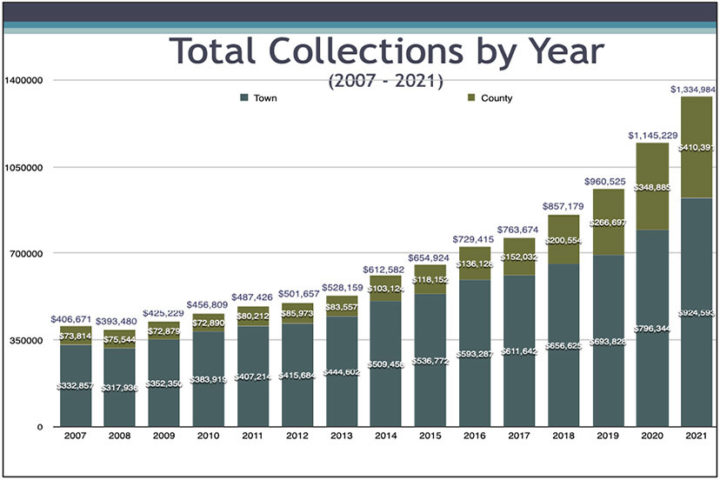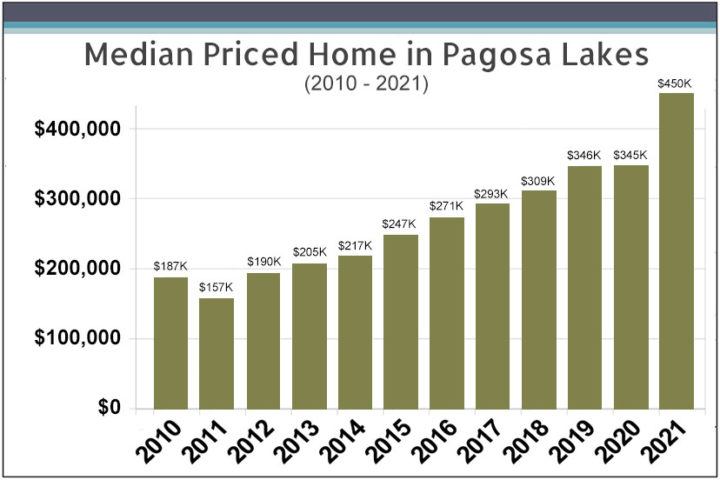Back in 1971, a group of men connected with Immaculate Heart of Mary Catholic Church, in downtown Pagosa Springs, determined that the town was headed into a housing crisis, and that we needed to access some government funding to build housing for struggling families. Their efforts eventually resulted in 52 units of affordable, family-friendly apartments and a new charitable housing organization called Archuleta Housing Corporation.
The population of Archuleta County, in 1971, was about 2,700. The new apartments would accommodate about 150 people, which was about 5 percent of the community’s total population.
The apartments were designed by an New Mexico architect, who unfortunately gave them flat, New-Mexico-style roofs, which subsequently began springing leaks from the impacts of San Juan Mountains snow and ice. For a number of years, the apartments were furnished with 55-gallon drums to catch the dripping leaks.

Ross Aragon, the housing corporation’s executive director, finally managed to obtain federal loans to add appropriately peaked roofs to the units… and the apartments continue to serve low-income households today, 50 years later. You can read more about the history of Archuleta Housing Corporation here.

Last year, the Archuleta Board of County Commissioners were somewhat surprised to learn that they would receive about $2.7 million in federal funding to help the community address COVID issues. After inviting applications for the unexpected windfall, the BOCC allocated most of the funding to broadband… and various housing projects, including money for the renovations needed at Archuleta Housing Corporation’s 50-year-old complexes, and also at the senior/disabled apartments, Casa de los Arcos, operated by Archuleta County Housing Authority (no relation to Archuleta Housing Corporation.)
Archuleta County Housing Authority (ACHA) chair Clifford Lucero, and his daughter Anissa Lucero, provided an update to the Authority’s housing progress at the February 9 “Housing Panel” hosted by the Pagosa Springs Chamber of Commerce. ACHA has been struggling — as have so many developers these days — to complete its current project: the new 34-unit Rose Mountain Townhomes, the first government-subsidized housing complex to be built in Archuleta County since 2009.
The apartment units are aimed at low-income households with annual incomes of less than about $40,000. (Actual income limits are based on household size; the limit is about $28,000 for a single person.)
Ms. Lucero noted that families have been able to occupy 17 completed Rose Mountain apartments, but also stated that the Authority has 114 households on their waiting list, for the remaining 17 (still unfinished) units.
Obviously, we have families and individuals here in Pagosa who are not adverse to living in a ‘housing project’ where all of the households are uniformly low-income.
Looking at things historically, of course, nearly every family in Pagosa Springs, at various times, fit that description: “low-income”. The same can be said for most Colorado towns, speaking historically.
Fortunately, Rose Mountain is nothing like the monstrous, crime-ridden ‘public housing projects’ that were constructed in urban areas during the 1950s and 1960s, and that are now slowly disappearing, assaulted by the wrecking ball or by a demolition company’s explosives.
Contrary to popular belief, however, these enormous public housing projects were not always hotbeds of criminal activity. In many of these urban high-rise projects, the crime rate was actually lower than in the surrounding “single family rental” neighborhoods. The worst crime rates developed in housing projects specifically designed for large families, where the ratio of children and teens to adults was nearly three youth to each adult — compared to a typical ratio, in a more conventional lower-income neighborhood, of less than one youth per adult resident.
Children and teens grow up more socially adjusted and healthy when they have sufficient adult supervision.
Crime was also higher in housing projects that accepted only the very poorest applicants, and denied housing to families who were in the process of successfully lifting themselves out of poverty.
There might be lessons for us here.
In a community where many families are struggling with a lack of housing they can afford, the easy temptation might be to focus only on those hardest hit by the crisis. But the historical data from urban public housing projects suggests that a blend of income levels and family types will produce a superior outcome, in terms of safety, and possibly also in terms of overall community prosperity.
The vision that has been driving the ‘ruling class’ in Pagosa Springs, for so many years now, has been a dream of ever-increasing tourism growth, and population growth.
Growth has been seen as the pathway to a prosperous community. Perhaps even, as the only pathway to prosperity.
We’ve certainly seen tourism growth, in spades… especially these past couple of years, as measured by anecdotal stories and observations, and also via reference to the growth of Lodgers Tax revenues, as shown in the graph below. (Lodgers Tax data courtesy Pagosa Springs Area Tourism Board.)
Unfortunately, the graph looks uncomfortably similar to the skyrocketing cost of housing in Pagosa Springs, in this graph (below) based on Colorado Real Estate Network data from the past 12 years, looking at the median price of 3-bedroom homes on less than 1/2 acre in the Pagosa Lakes area. (Thanks to Pagosa realtor Lee Riley for these numbers.)
The cost of a house has certainly grown.
How about the growth of prosperity?
Was that really what we were shooting for? Did we miss the target — the average Pagosa Springs family — and wind up creating prosperity only for wealthy investors… and a few tourism businesses… and owners of Short-Term Rental properties?
And a housing crisis for everyone else?
Pagosa Housing Partners (PHP), the volunteer non-profit behind the proposed charter amendment that will appear on the Town’s mailed ballot next month — Ballot Question A — has a meeting scheduled for this Wednesday, February 23 at 4:30pm. Members of the public who are concerned about Pagosa’s housing crisis are welcome to attend our meetings. If you would like to join us, in person or via Zoom, please contact me at billhudson.php@gmail.com… or call me at 970-903-2673.



